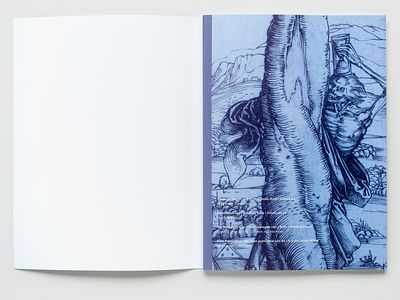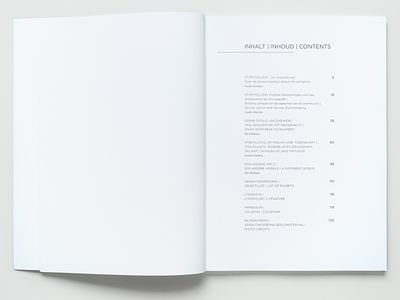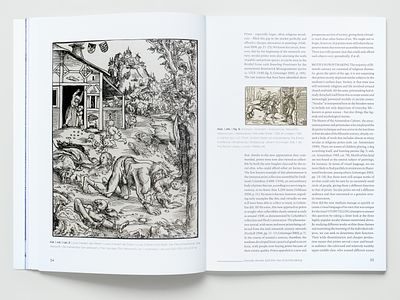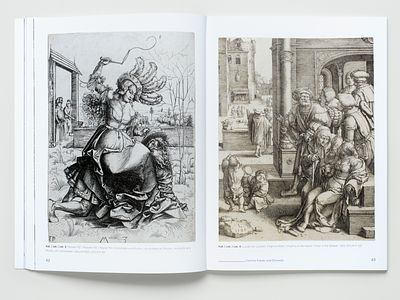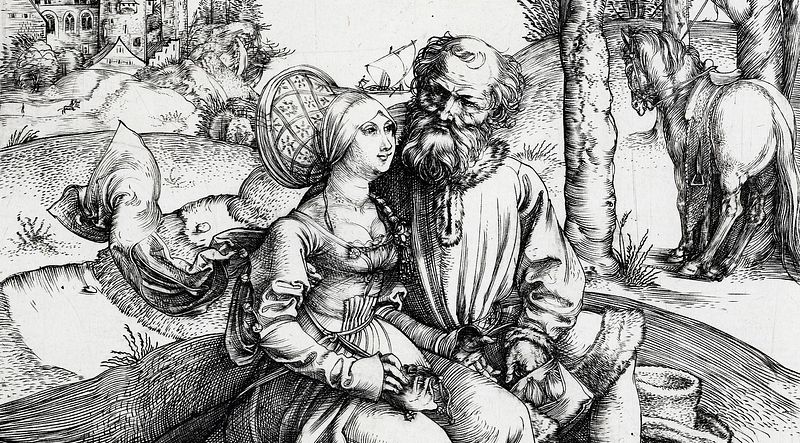STORYTELLING
The Narrative Power of Printmaking
The catalog focuses on secular prints from the late fifteenth and early sixteenth century. These representations, some of them very close to everyday life, were entirely new in their day and unknown in this shape and presentation among the art forms common up to this point. But why were new and different subjects treated? What kind of stories do these representations tell? And for whom were these prints intended?
These questions are explored on the basis of three of the most popular secular themes in northern European prints around 1500: the relationship between men and women, the (glorious) deeds of knights and mercenaries, and the atypical (and often comical) aspects of peasant daily life.
Following an introductory essay taking a concise look at the development of printmaking and, in particular, at the narrative power of prints, three essays put the era of the Northern Renaissance into context for the twenty-first century.
Editor
These questions are explored on the basis of three of the most popular secular themes in northern European prints around 1500: the relationship between men and women, the (glorious) deeds of knights and mercenaries, and the atypical (and often comical) aspects of peasant daily life.
Following an introductory essay taking a concise look at the development of printmaking and, in particular, at the narrative power of prints, three essays put the era of the Northern Renaissance into context for the twenty-first century.
Editor
Draiflessen Collection
Authors
Authors
Corinna Otto, Guido Scholten, Ilja Veldman
120 pages with numerous coloured illustrations, softcover, 29 x 21 cm
ISBN 978-3-942359-60-3 (DE/GB/NL)
120 pages with numerous coloured illustrations, softcover, 29 x 21 cm
ISBN 978-3-942359-60-3 (DE/GB/NL)
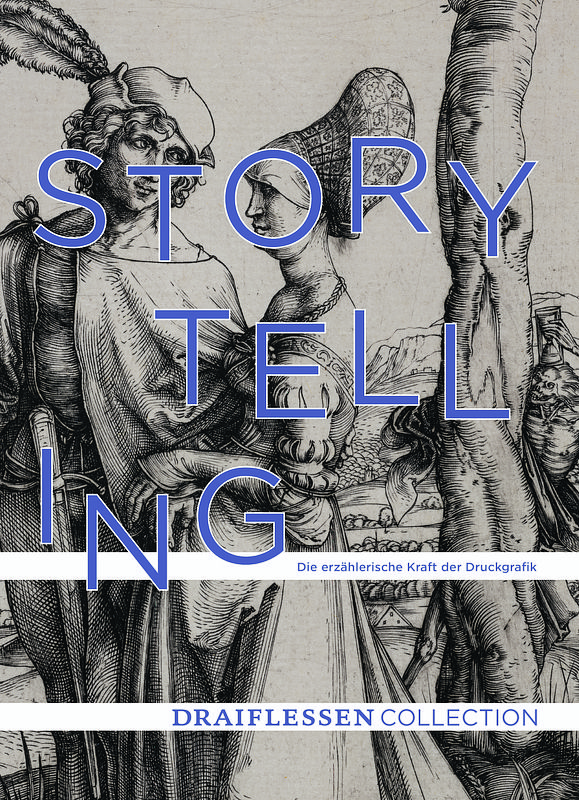
Cover STORYTELLING
| © Draiflessen Collection
